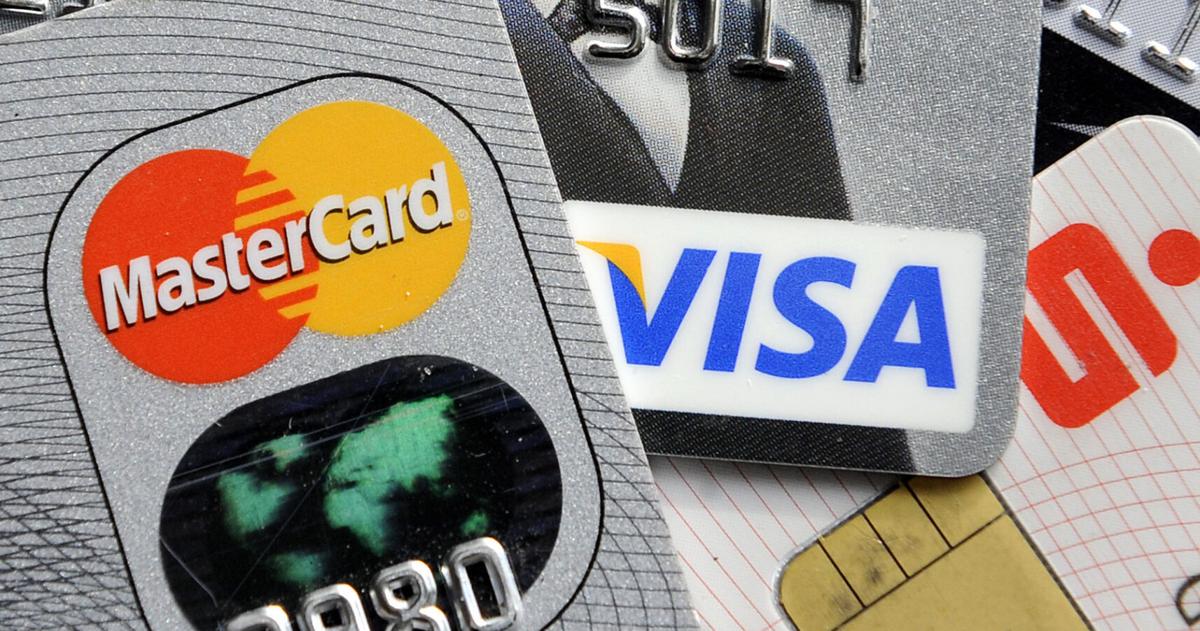Copyright Charleston Post and Courier

A friend recently sought my advice about choosing a first credit card for an adult child, and I’m going to share my tips here because they are not only for people beginning their credit journey. Ideally, everyone with one or more credit cards should have a simple no-fee card with some basic perks— a card they don’t ever plan to cancel. The main reason is that “length of credit history” is one of the factors that determines a credit score, and a credit score is a key to getting loans for things such as cars and houses at favorable interest rates. That means the age of your oldest active account matters, and it’s also used to calculate the average age of all your credit accounts. Older is better, and while payment history is far more important, length of credit history accounts for 15 percent of one’s FICO credit score. Regular readers know I sign up for new credit cards frequently because of the valuable incentives that have allowed me to rarely pay for airline tickets and hotel stays. Those come and go, but I keep the two no-fee credit cards I’ve had for years. A card that one expects to have for decades should not carry an annual fee, so there won’t be any ongoing cost as long as the bills are always paid on time and in full. Even the no-fee, cash-back cards can come with some valuable perks, such as collision and theft insurance for car rentals, purchase protection, extended warranties and limited travel insurance. For cash back, some cards offer flat rates for all spending while others offer different rates for different kinds of spending. One of my two never-cancel cards, for example, gives me 1.5 percent back on all purchases and 3 percent on dining. The other pays 1 percent on all purchases and 5 percent on categories that change quarterly, such as home improvement stores or restaurants. That’s nice, but that’s not why I keep them. I keep them because it costs me nothing and they help my credit score a little. Those two examples highlight the sort of choice people could make when choosing a keep-forever card. Would it suit you to keep track of spending categories that change quarterly in order to maximize cash-back, or would you rather just have a card you don’t have to think about? Some examples of no-fee cards: American Express Blue Cash Everyday — 3 percent back on supermarket, fuel and online retail purchases, on up to $6,000 in each category yearly. Otherwise 1 percent, the rate on everything else. Chase Freedom Unlimited — 1.5 percent back on everything, and double that for dining and drugstore purchases. Five percent off travel purchased through Chase. Citi Double Cash — 2 percent back on purchases, half of which comes when the bill is paid. Search “best no fee credit card” online and you’ll see many Visa, Mastercard, American Express and Discover choices. Some provide cash-back as actual money, while others including Chase, Citi and Capital One offer a version of points that can be redeemed for money, travel and other things. Most no-fee cards come with modest sign-up bonuses, around $200 or so after making enough purchases, and some offer zero interest on transferred balances for a year or more. If you carry an interest-bearing credit card balance, transferring it to a new card where it will accrue no interest for a year or more can help — if you have a solid plan to pay it off before interest resumes.



